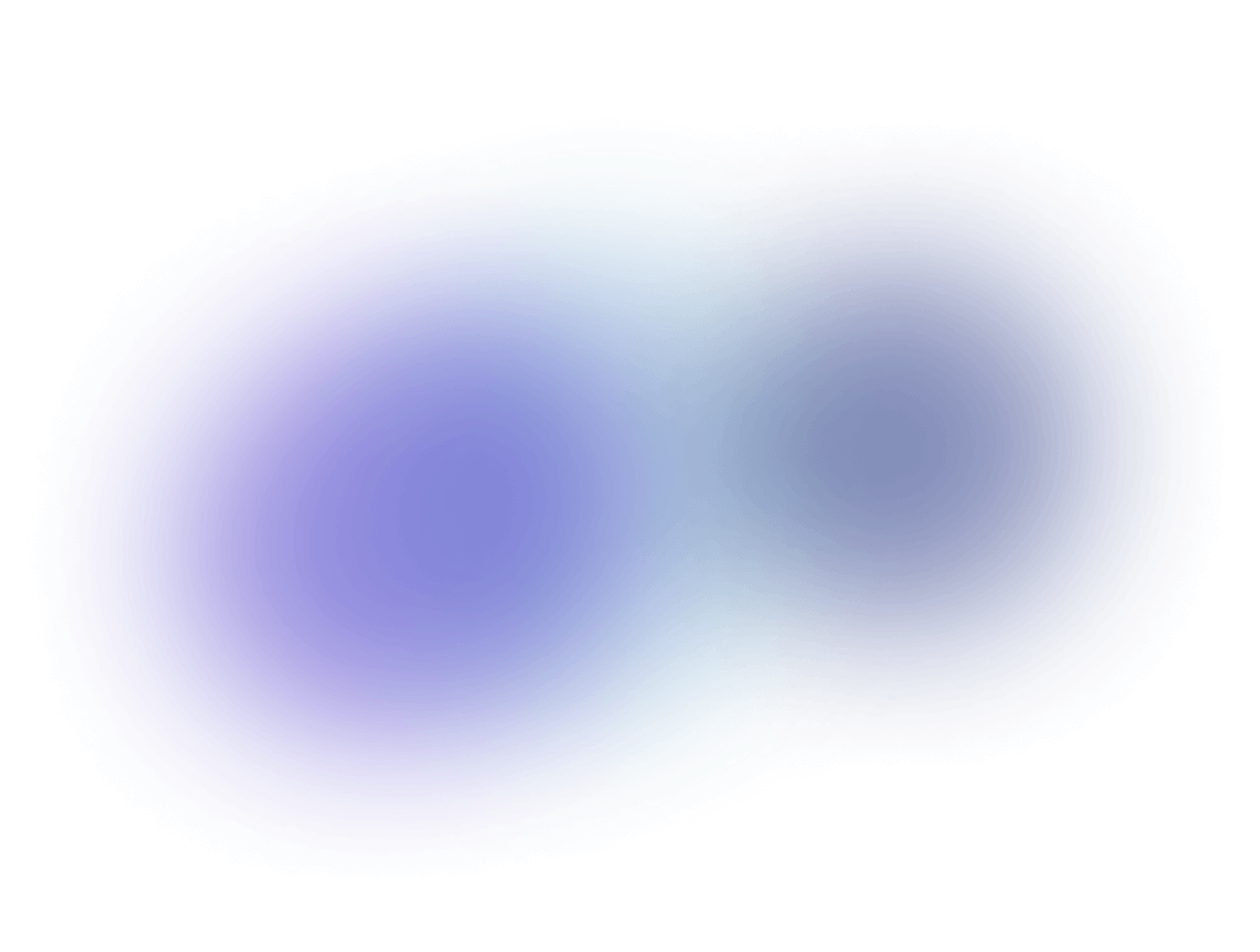IPv4 and IPv6

IPv4 and IPv6 versions of IP – a group of Internet protocols that provide routing and addressing of packets between network devices within one or more interconnected networks.
IPv4
IPv4 – the fourth version of the Internet protocol, which aims to define standards for packet exchange to ensure the stable operation of computer networks. The protocol allows a device to be identified by an addressing system. The protocol assigns a unique identification number – an IP address – to each computer connected to a particular network.
Features of IPv4:
- the protocol allows you to assign easy-to-remember addresses and does not require large amounts of memory;
- IPv4 works without establishing a connection;
- allows you to create a simple virtual communication layer on devices of different modifications;
- the ability to assign the same address to multiple devices via NAT;
- supports conferences and video libraries.
IPv4 assigns addresses based on a 32-bit scheme. The number of addresses is limited to 4.19 billion. Today, the number of IP addresses is running out. A new, sixth version of the protocol has therefore been introduced.
IPv6
IPv6 is a new version of the IP protocol, developed primarily because of the running out of addresses of the previous, fourth version of the protocol. IPv6 works already on a 128-bit scheme.
Features of IPv6:
- hierarchical routing;
- two types of configurations: with and without state preservation;
- the best option for interaction with neighboring nodes;
- higher routing performance and speed compared to the previous version of the protocol.
Despite the fact that IPv6 is a more advanced version of IPv4, the fourth version is still more popular. There is no need for a mandatory transition to the sixth protocol.